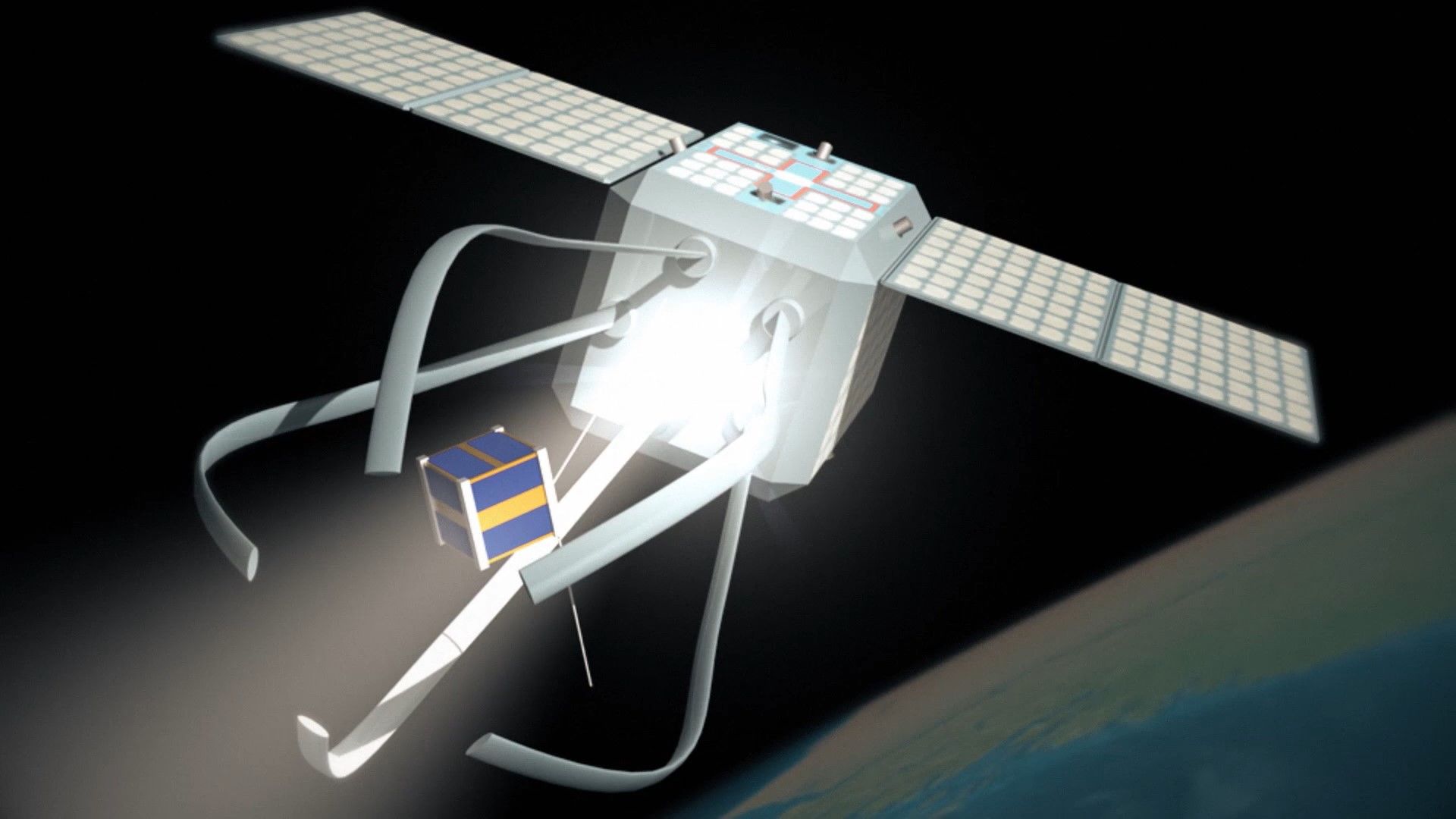Create a free profile to get unlimited access to exclusive videos, sweepstakes, and more!
European Space Agency paying $130 million to remove one piece of space junk

Sure, $130 million (€120m) sounds like a whole heap of money to remove one piece of junk, but this is no ordinary piece of junk — we’re talking space junk. And there’s plenty more junk out in the cosmos to retrieve if this very first attempt at removing debris from space takes.
Since humanity started shooting stuff into the heavens some 60 years, thousands of tons of space junk has been steadily accumulating around our planet, just orbiting around at speeds upwards of 12,500 mph. We’re talking “old rocket parts, about 3,500 defunct satellites and an estimated 750,000 smaller fragments,” according to The Guardian. And that number keeps growing.
But in 2025, if all goes according to the European Space Agency’s newly agreed upon funding plan, then that vast quantity of space junk will be depleted by exactly one item, with the help of a four-armed, robotic space-garbageman.
The €120 million ClearSpace-1 mission was agreed upon at ESA’s misterial council, Space 19+, in Seville, Spain late last month. Besides calling for rules to prohibit leaving behind space junk in the first place, the council also laid out plans for a consortium led by Swiss startup called Clearspace to build a four-armed robotic chase probe to hunt down Vespa, a roughly 100 kg hunk of junk (not the Falcon) left behind in 2013 by ESA’s Vega launcher, some 800 km above Earth.
According to ClearSpace, this is the first ever attempt at removing debris from space, where currently "more than 34,000 man-made objects measuring over 10 cm in diameter are tracked as they orbit around Earth."
Vespa, the hunk in question, was selected due to its sturdy makeup and simple shape, which will hopefully keep it from fragmenting when the quadro-bot strikes. Once the package is secured, the bot will head back down towards Earth, where both parties will burn up in the atmosphere.
While that sounds like a whole lot of effort for one small satellite-sized piece of space junk, the mission will hopefully lead to a future garbagebot that can eject its collected junk for atmospheric disposal before continuing on its merry way collecting more space junk.


























